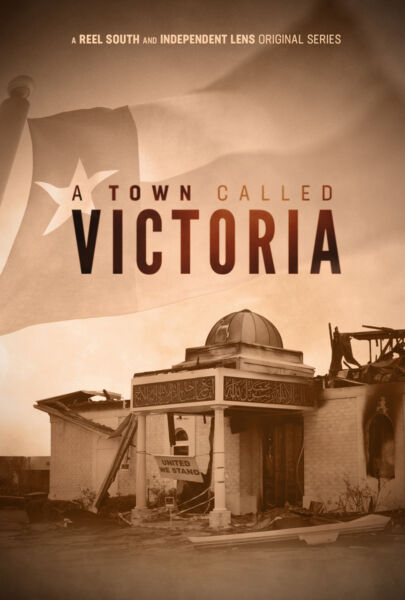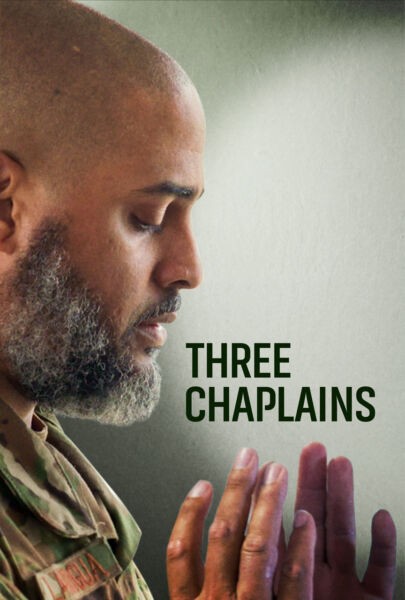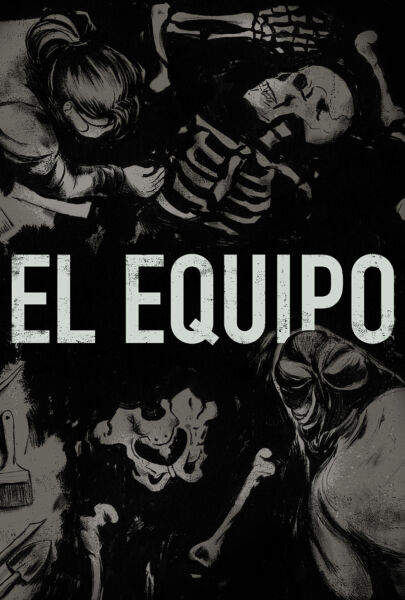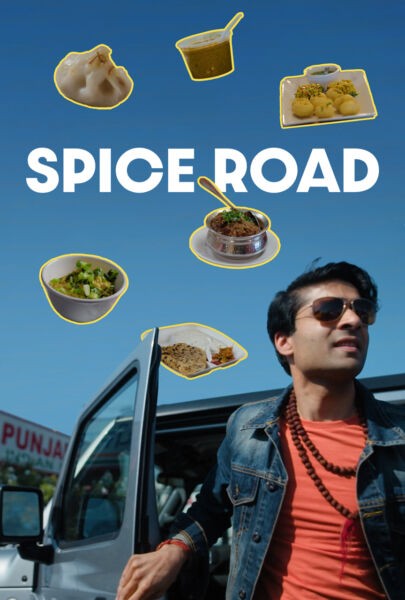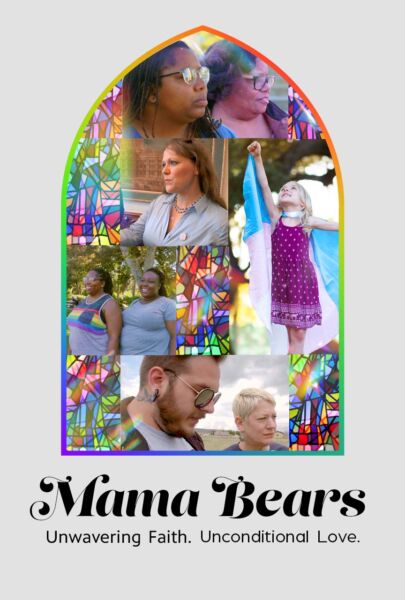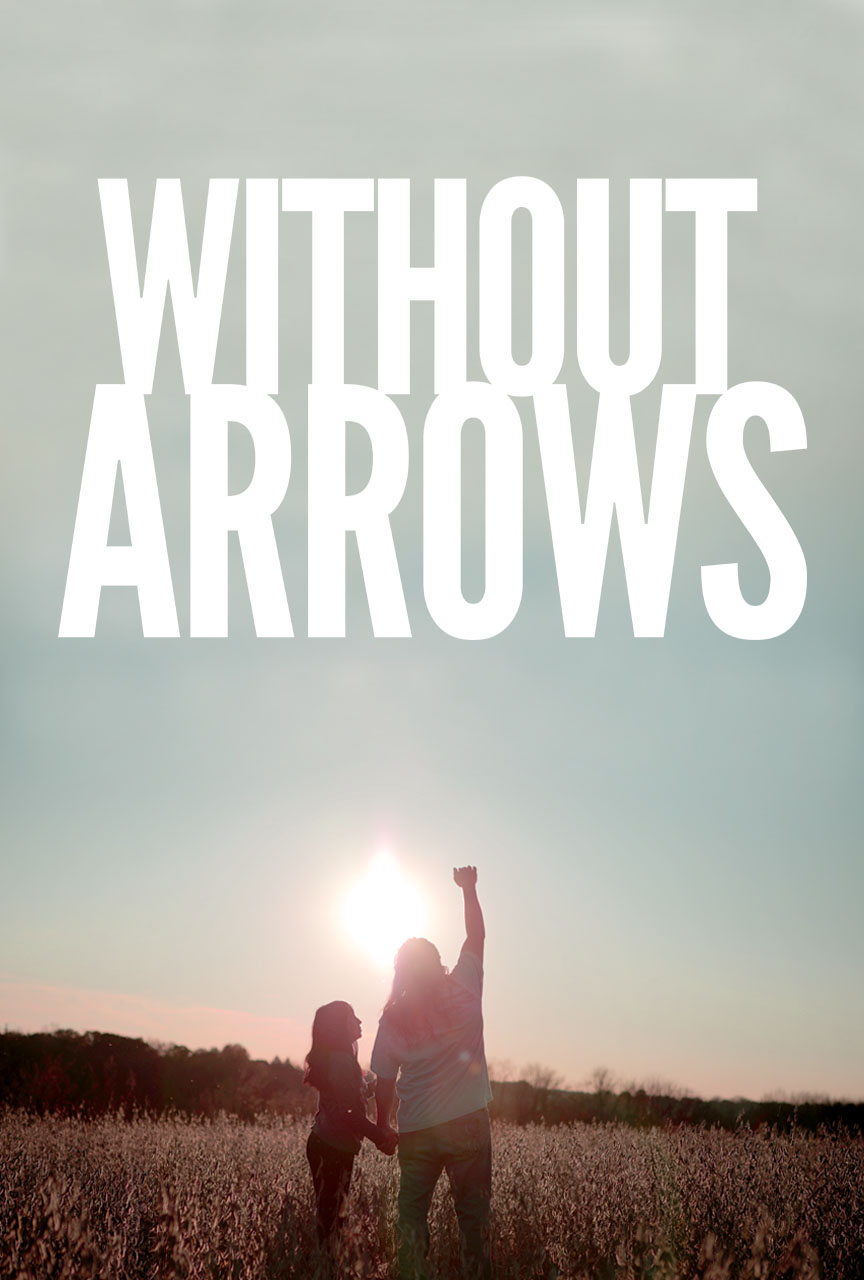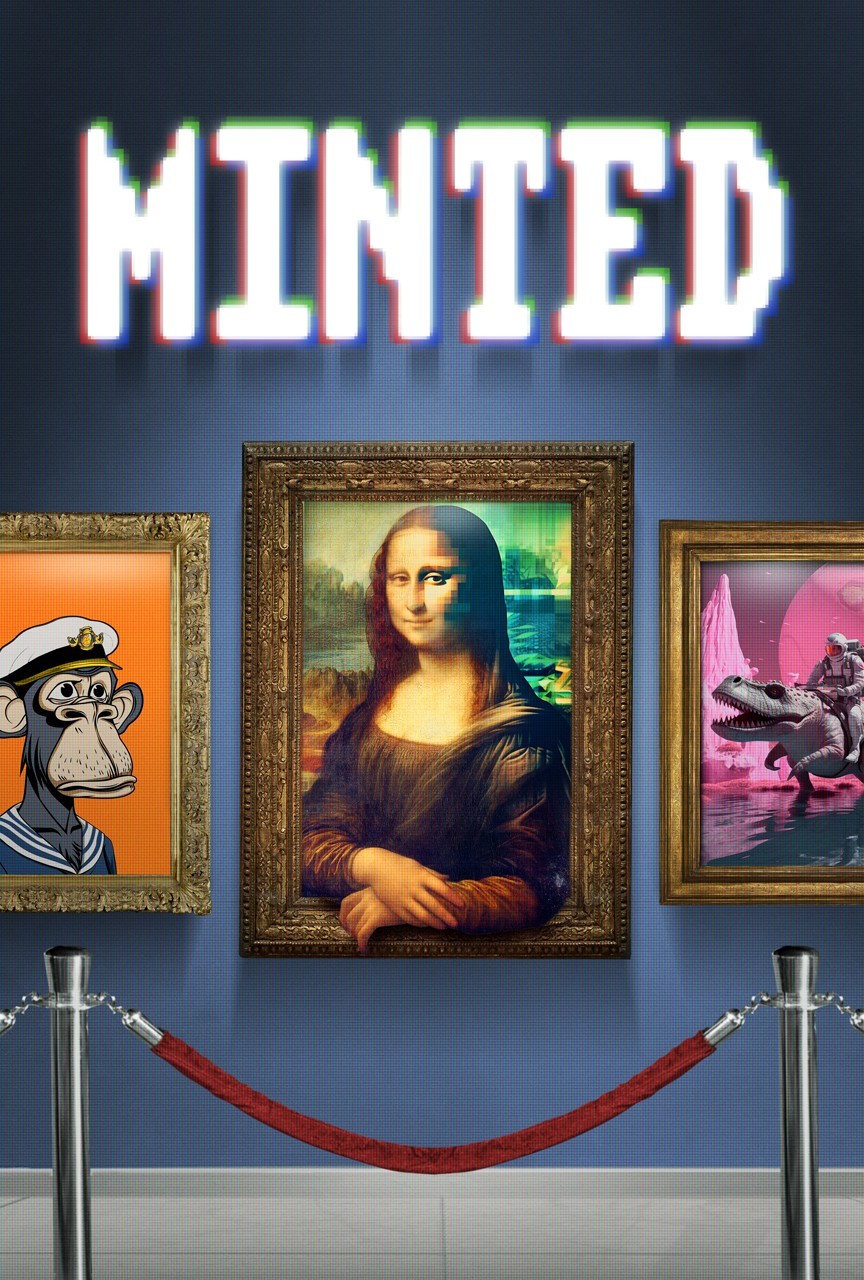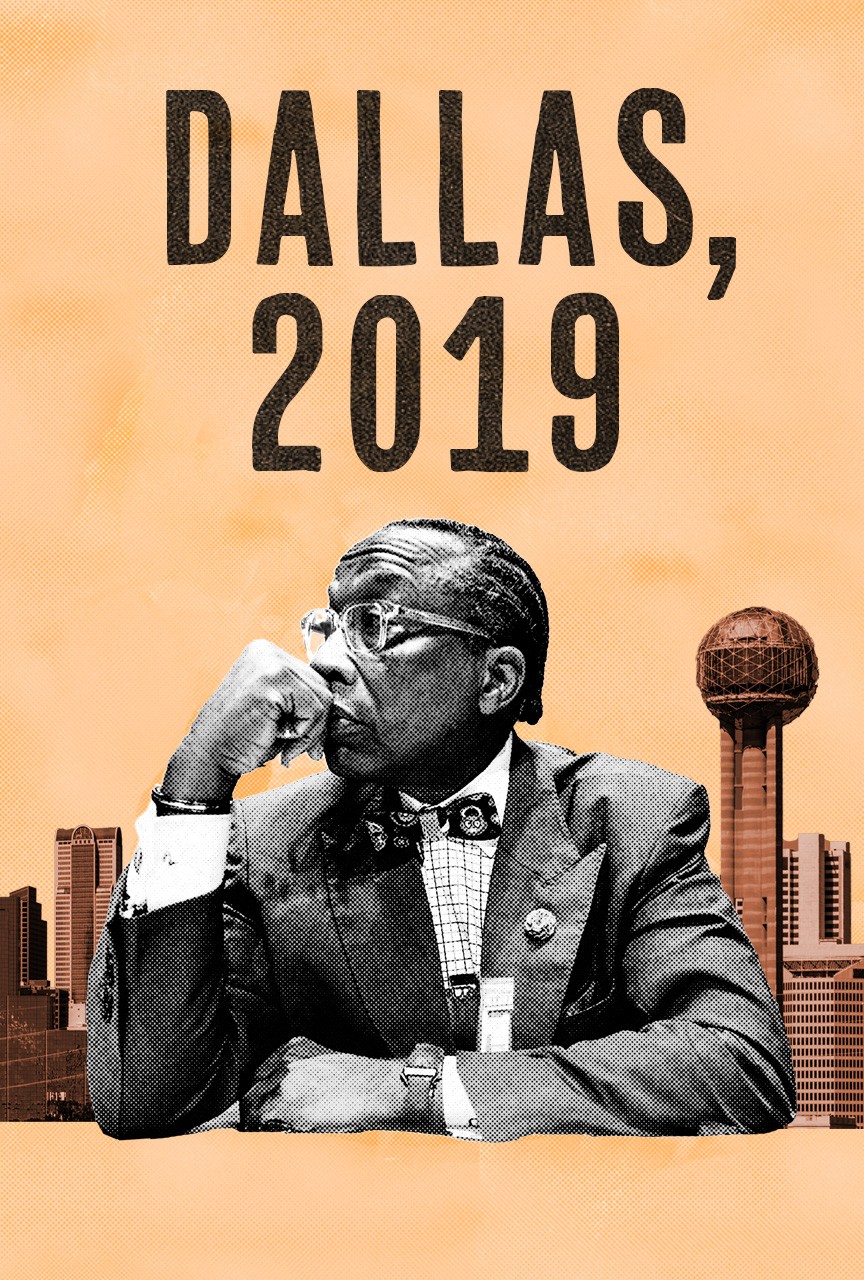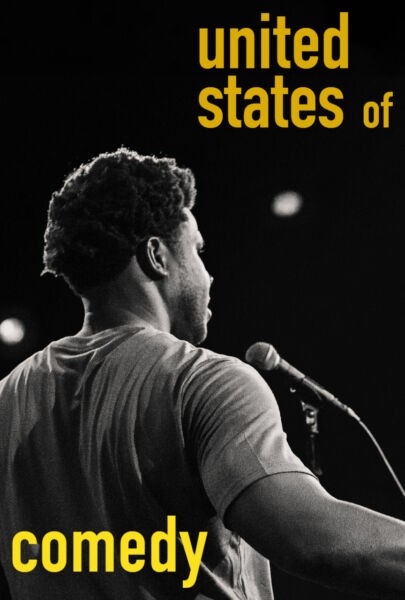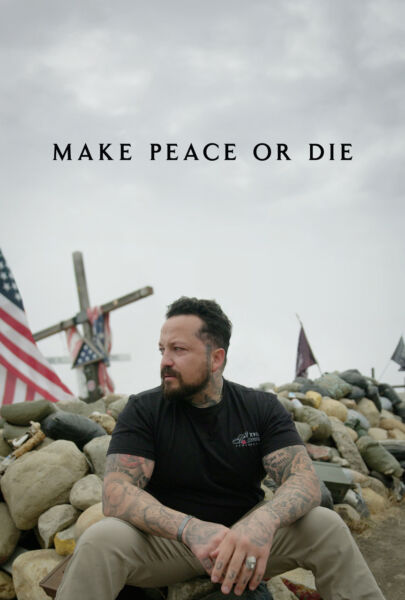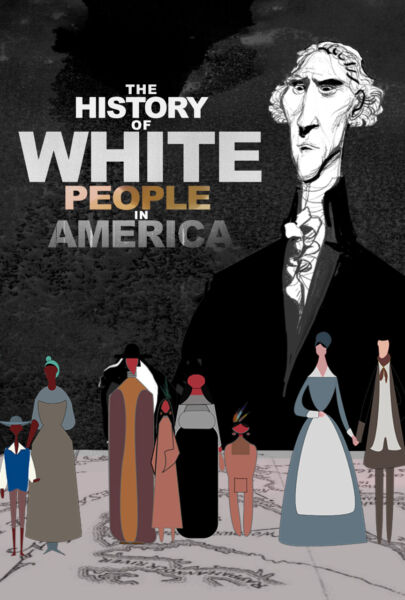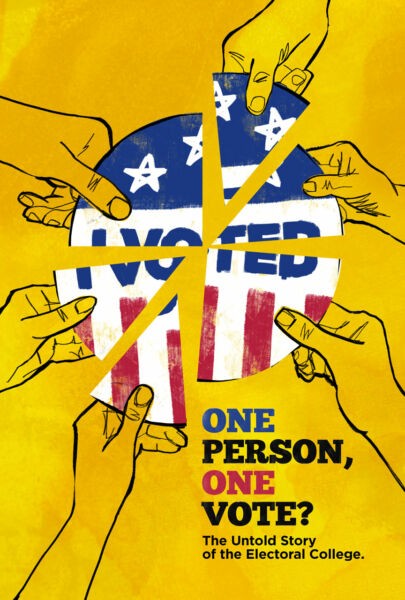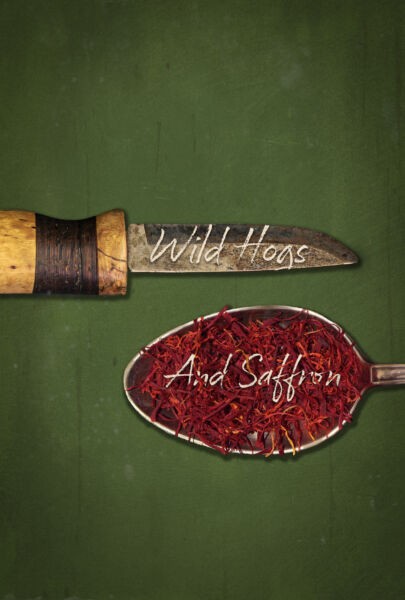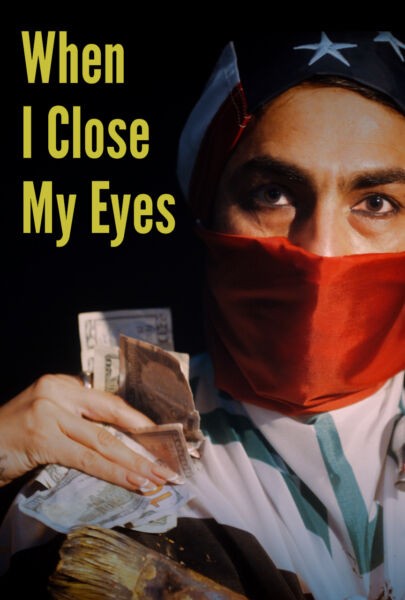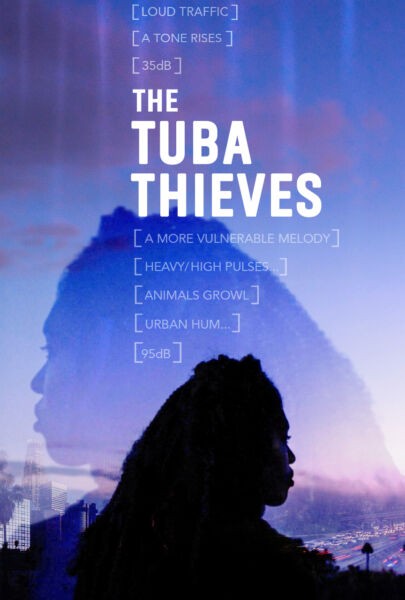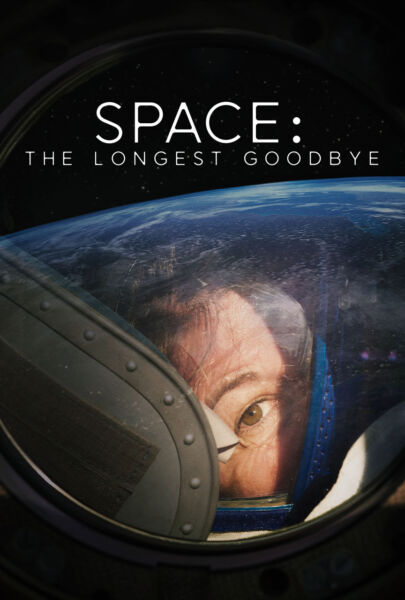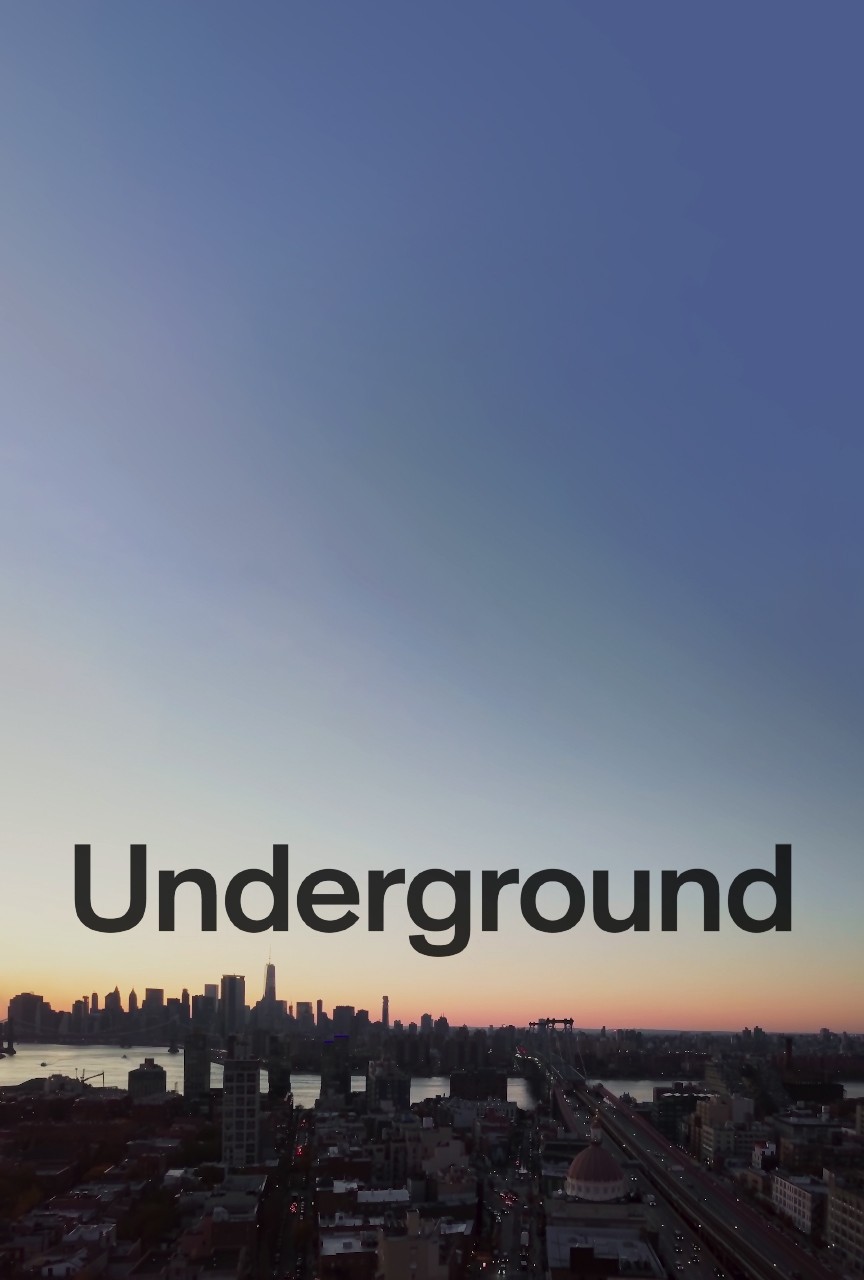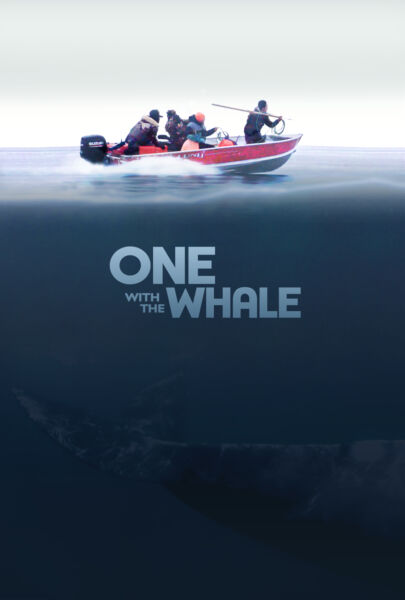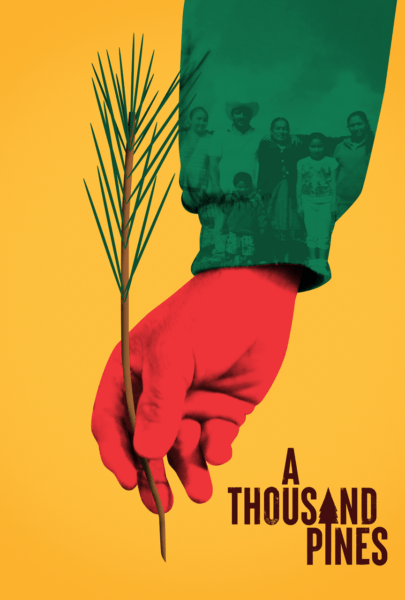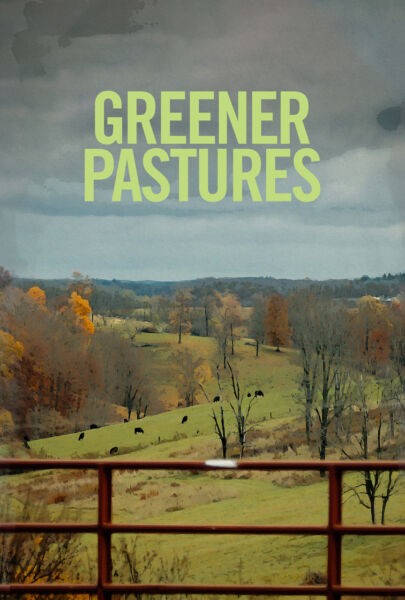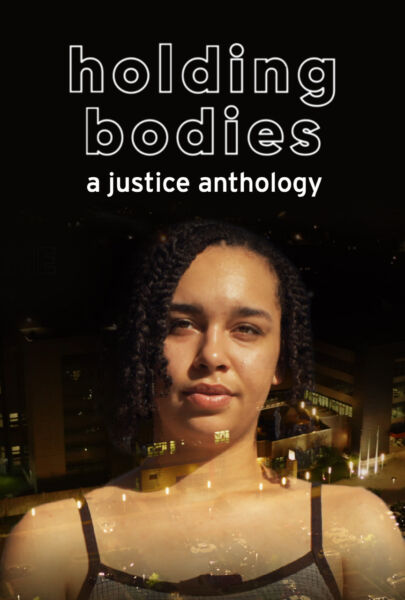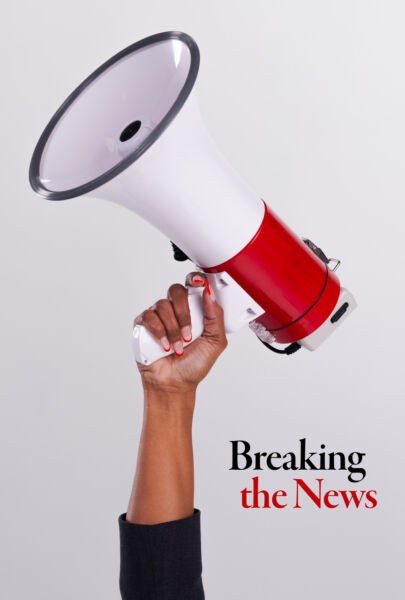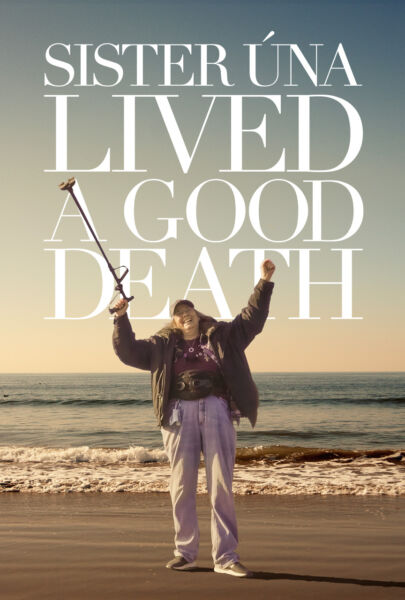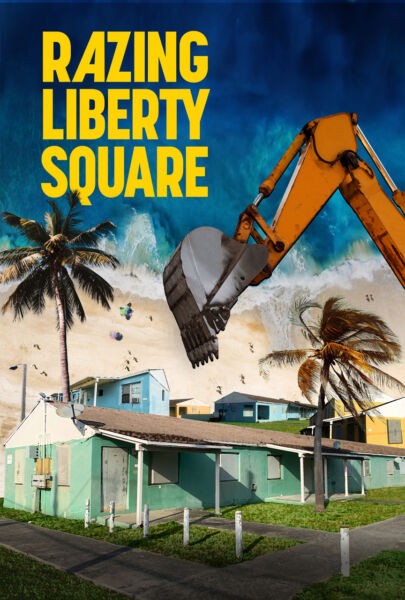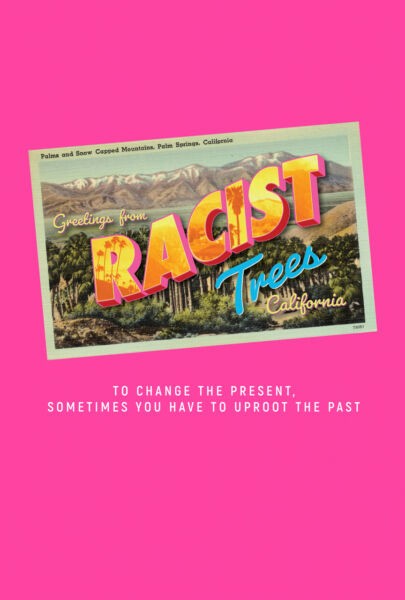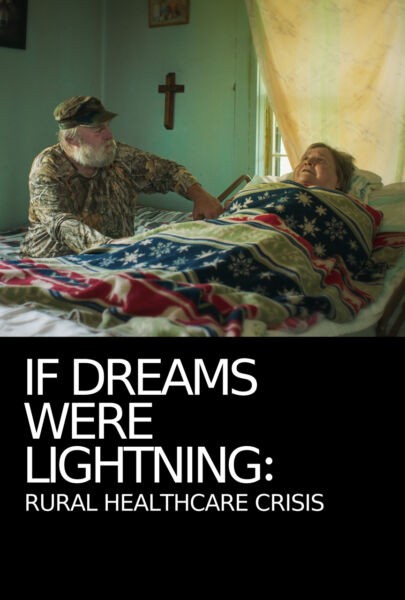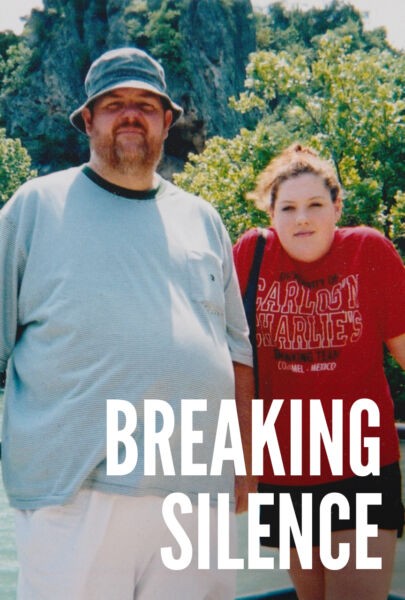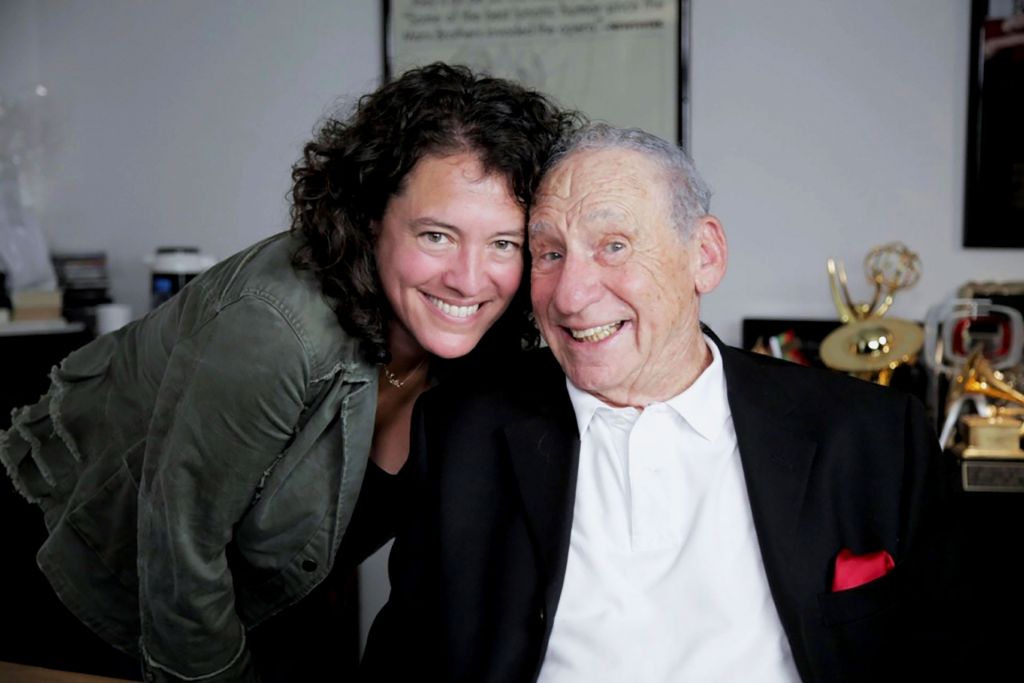
“Somebody once said, ‘Tragedy plus time equals comedy.’ And I always felt, why wait?” – Comedian Gilbert Gottfried, in The Last Laugh
There have been many films about the Holocaust, many good and important and extremely necessary films, but The Last Laugh is likely the first to include comedians like Mel Brooks, Larry Charles, Judy Gold, and Sarah Silverman, and focus on the use of humor as a survival mechanism. The film by Ferne Pearlstein, produced with her collaborator-husband Robert Edwards, also touches on larger issues around taboos in comedy, asking “What is truly off limits?”
The Last Laugh is an “insightfully open-ended inquiry into the role of humor as it relates to unspeakable tragedy,” wrote the Village Voice‘s Nick Schager, while Variety‘s Dennis Harvey praised the “mix of levity, serious themes, marquee names and archival materials in Ferne Pearlstein’s entertaining, thought-provoking documentary.”
Pearlstein, a longtime documentary cinematographer who directed the Independent Lens film Sumo East and West, spoke to us about what drew her to make a film about laughing in the face of the darkest topics, on humor in her own home growing up, and on what led Mel Brooks to kiss her cheek.
Why did you want to make The Last Laugh?
In 1991 an old friend, Kent Kirshenbaum, and I were in Miami with a group of journalists who were being given a tour of the city’s then-new Holocaust Memorial, led by an elderly survivor. We had both just finished reading Art Spiegelman’s Maus and Kent asked our guide what she thought of it. She replied with an emphatic, “You cannot tell this story through the funny pages! There was nothing funny about the Holocaust!” We explained that we agreed with her, but although Maus used a comic form, the story of Spiegelman’s father surviving Auschwitz was told with complete reverence and was not funny at all. The only humorous moments were perhaps darkly told in the complicated interactions between Art and his father in the present-day story. But the survivor was not moved.
Kent went on to ask: “Have you read it?” to which she angrily replied, “No!” That moment stuck with us, as we were both people who were drawn to a certain dark humor. The following year we both went off to graduate school to pursue our different degrees. While Kent was getting his PhD and I was getting my Masters in Documentary Film from Stanford, he wrote a 25-page paper called “The Last Laugh: Humor and the Holocaust” which he handed to me in the spring 0f 1993 and said, “Make this into a movie!” It took me 18 years to raise the money to finally make the film.
What were some of the biggest challenges you faced in making this film?
There were many challenges. Raising money for this controversial topic was nearly impossible. Understandably, no one wanted to offer what might look like an endorsement of the idea that “it’s okay to laugh at the Holocaust,” even though that was not at all what we were saying. In the end, my funding came from one wonderful private donor who believed in me and what I set out to do.
Another challenge was getting the first comedian to say yes. In the beginning, we got a lot of: “Great idea! Let me know when someone else comes on board!” I don’t think they were afraid of the topic, as they all deal with this type of humor in their work, but I definitely had to gain their trust and prove that I would deal with the subject in a tasteful way.
When we finally did get our first start-up money—18 years after my friend handed me the academic paper that was the inspiration for the film—we went to my husband/producing partner’s agent who immediately called Rob Reiner and asked him if he would agree to be interviewed. And Rob said: “Sure. How’s a week from Wednesday?” So that jump-started everything.
Rob Reiner is so beloved and lent so much credibility to our project that we were then able to get a number of comedians based on his involvement. Among them were his father Carl Reiner and others like Susie Essman, Harry Shearer, Alan Zweibel, David Steinberg, Gilbert Gottfried, and Judy Gold. And with each new interviewee, we built our credibility and were able to get more and more people to agree. We had compiled a long list of comedians and artists who used taboo humor (and/or specifically Holocaust humor) in their work. From this master list, there were some people we knew we couldn’t make the film without—such as Mel Brooks—so in those cases, we had to keep finding new and creative ways to approach them until they agreed.
Mel Brooks took a few years, a few very close connections, and a lot of luck to get him to finally say yes. But once we had Mel, his participation and support really opened doors. He helped us get Sarah Silverman, who was also on our “must-have” list and also very hard to get, by personally appealing to her via email. We remain eternally indebted to him for that, and of course so much more!
And what about the challenges of putting together the film itself?
The struggle came from the fact that it worked much better on paper than in practice, as it was very hard to strike the right balance without it feeling like I was intercutting two totally different films. So it was definitely a challenge to weave those two stylistic threads together and make them feel like one seamless film. But I just kept at it and didn’t give up on my vision until I felt it finally worked. In that effort, it was important to me to surround myself with edit consultants and filmmaking peers, as well as people within the Holocaust community, who helped guide me toward my vision, including Karen Sim (Nothing Left Unsaid: Gloria Vanderbilt & Anderson Cooper) and Mark Becker (Art and Craft).
I hadn’t imagined how hard it would be to keep up with current events. With each new shoot, year after year, more existing taboos were being broken and new ones emerging, and more and more events happening that cut to the heart of the film… from rape jokes by Daniel Tosh, to jokes about the Boston Bomber, to the Charlie Hebdo tragedy, to the arrest of the anti-Semitic French comic Dieudonne in the wake of those attacks, and on and on. As new taboos were being broken, the tolerance for using satire and making taboo jokes about difficult topics had changed over time—sometimes dramatically. So the theme of this film was very much a moving target that was constantly evolving even as I was making the movie.
Is there anyone from the past, no longer with us, that you would’ve loved to include talking about this? (If we could bring them back just for the documentary!)
Well, sadly, we were supposed to interview Joan Rivers, and it was a serious heartbreak for us and the film that we couldn’t. Joan was one of the first people to say yes back in the fall of 2011, but she was always so busy working it was nearly impossible to pin her down with a time. We finally were able to schedule an interview with her for October 1, 2014, and as you know, she tragically died two weeks before that date arrived.
How did you gain the trust of the Holocaust survivors featured in your film?
Having the support of the Simon Wiesenthal Center, the Museum of Tolerance, and advisers like Professor Michael Berenbaum and Rick Trank went a long way toward establishing our bonafides. And Renee Firestone is so well-known and so well-regarded in the community of Holocaust survivors and scholars that her involvement was an invaluable stamp of approval. Once a given individual agreed to participate, it was up to me to win them over and draw them out one by one as I began talking with them.
Once I began speaking to Renee and other survivors, I was surprised by how important laughter was within the community and how much it actually contributed to their healing. I don’t necessarily mean laughing about their experiences in the camps—although I was also surprised by the number of stories I heard about those experiences—but their ability to maintain any sense of humor at all.
Deb Filler talks about it in the film, addressing a survivor who had a number of humorous stories from the camps: “My father saw it too—that there was a possibility in the camps to make a joke or a sketch or a laugh.” Carl Reiner agrees, referring to people who have a natural instinct to make jokes: If you were funny before, you’ll be funny during, and you’ll be funny after.”
Can you tell us how Renee is doing these days? And how did Elly feel about the film after she saw it? Is she any more open to humor about her experiences, or have any insight about herself?
Renee is doing incredibly well. She just turned 93 on April 13th! She continues to travel and speak all over the country both about the Holocaust and other genocides, as well as traveling with The Last Laugh. In fact, last month, after the film had its West Coast theatrical premiere in Los Angeles, the next day she immediately hopped on a plane for Seattle where she was honored for her work helping Hurricane Katrina victims.
Elly’s response to the film was one of the most gratifying of all.
I was very concerned that she might be offended by the film. So when we had our festival premiere at last year’s Tribeca Film Festival I invited her, but not without reminding her about the premise of the film. She felt very strongly about coming to the premiere, and stood onstage with me after the screening and in front of the crowd complimented us for making such a “thoughtful and tasteful film.” Then she went on to say in a very grandmotherly way that she was sure it would win many awards, and then asked us for tickets to the next show! So that was very poignant for me.
Did anyone in your own family tell taboo-busting jokes?
My younger brother was one of those funny people who knew those dark “too soon” jokes immediately after something terrible hit the news…which is especially interesting to me now because this dates back to before the Internet. We discussed this concept a lot with Gilbert Gottfried (though it’s on the editing room floor). How did those jokes get around so quickly pre-Internet? And where did they come from?
What else would you have liked to include in your film that didn’t make the cut?
There were so many things; I always remark that this film could have been a six-part series. For instance, there is a scene that uses an animated version of Mel Brooks and Carl Reiner’s famous 2000 Year Old Man bit, while Carl and Mel ponder what the 2000 Year Old Man might have said had he met Hitler. We also had a longer section that delved deeper into the First Amendment aspect of our topic, featuring a lengthy interview with Martin Garbus, who was Lenny Bruce’s attorney (among other famous free speech cases he’s handled). And we had a much longer section on Dieudonne, the controversial French comedian who has been arrested repeatedly for the anti-Semitic content of his act. It was fascinating, but it just took too long to set up.
There’s a darkly funny story Renee tells about drawing dress designs while in Auschwitz and getting caught by the female commandant, who forced her to sew the dress for her. But Renee was only an aspiring designer, and had no idea how to sew, let alone make an actual dress. She had to fake it in order to save her life. (Ironically, after the war when she had emigrated to the US, Renee did become a successful designer in Beverly Hills. That story she tells is crosscut with an old TV show from the early ’60s featuring Renee and models wearing her exquisite designs.)
I also have a scene of Renee and Klara touring the site of an old abandoned bunker, built in the middle of Will Rogers Park in LA in the 1930s by American sympathizers of Hitler, with the idea that it would be their command post when the Nazis eventually launched an invasion of North America. (It’s the bunker that appears briefly at the start of the film.)
Do you have a scene in your film that is especially a favorite or made the most impact on you?
Two scenes come to mind. One is watching Holocaust-related stand-up comedy bits on YouTube with Renee and Klara. That was a bracing experience. I knew it was a bit unfair to the comedians, but I wanted to make the point about context. We had seen some of those very same bits done live—particularly Sarah Silverman’s Jesus Is Magic show and Ricky Gervais’ stand-up—and found them hilarious, in the context of those shows, in those particular venues with those particular audiences.
But it’s very different watching those jokes in a black box off-Broadway, for instance, than watching them through the eyes of a 92-year-old Auschwitz survivor. So that was a stark contrast I was deliberately trying to make. I wanted the audience to understand that this is not a black and white issue, not only to show how important context is but also to remind the audience what they are laughing at.
The other scene that is seminal to me was the gondola scene, where Renee and Elly Gross—another Auschwitz survivor, who has a very different view on humor than Renee does—ride the faux Venetian canal in a Las Vegas casino. Their conversation is a centerpiece of the movie. Then, at the end, by sheer chance the gondolier started singing “O Sole Mio” in Italian, which turned out to be a song with profound associations and memories for Renee, connected to her family being arrested and deported to Auschwitz. We had no idea until a later shoot, in her home in LA, when I saw Renee sitting quietly crying while watching an early cut and she told me the story. So these two gondola scenes loom large in the film.
Any memorable or favorite Mel Brooks moments?
After I finished my interview with Brooks, he put his hands on my face and kissed me on the cheek three times like a grandfather and said “Good job, Pearlstein!” After that, I thought, I should just retire.
What are your three favorite/most influential documentaries or feature films?
Here are a few more than three, but some of my most favorite and influential documentaries, all by or about women: Complaints of a Dutiful Daughter by Debbie Hoffmann, Daughter from Danang by Gail Dolgin and Vicente Franco, Aileen Wuornos: The Selling of a Serial Killer by Nick Broomfield, Marlene by Maximilian Schell, The Wonderful, Horrible Life of Leni Riefenstahl by Ray Mueller, and In Her Own Time by Barbara Myerhoff.
What film/project(s) are you working on next?
I have 3 projects I’m currently working on that are all at different stages of development. One is a documentary project about a female doyenne in comedy. I am also working on two narrative films, both working from scripts I wrote. One is called Evie’s Garden, which was my first scriptwriting effort and was a semi-finalist in the Academy of Motion Picture Arts and Sciences’ Nicholl Fellowship in Screenwriting in 2008. It’s a drama about young woman living in New York who becomes obsessed with her grandmother, who died under mysterious circumstances before she was born.
The other is called Fifteen Feet, which is a semi-autobiographical comedy I co-wrote with my husband and producing partner Robert about our experiences working together.
Will anyone ever see The Day the Clown Cried, or should we stop trying?
If you can wait until June of 2024 you won’t have to stop trying. Last year Jerry Lewis announced that he is donating the film to the Library of Congress, on the condition they wait until then to release it.


